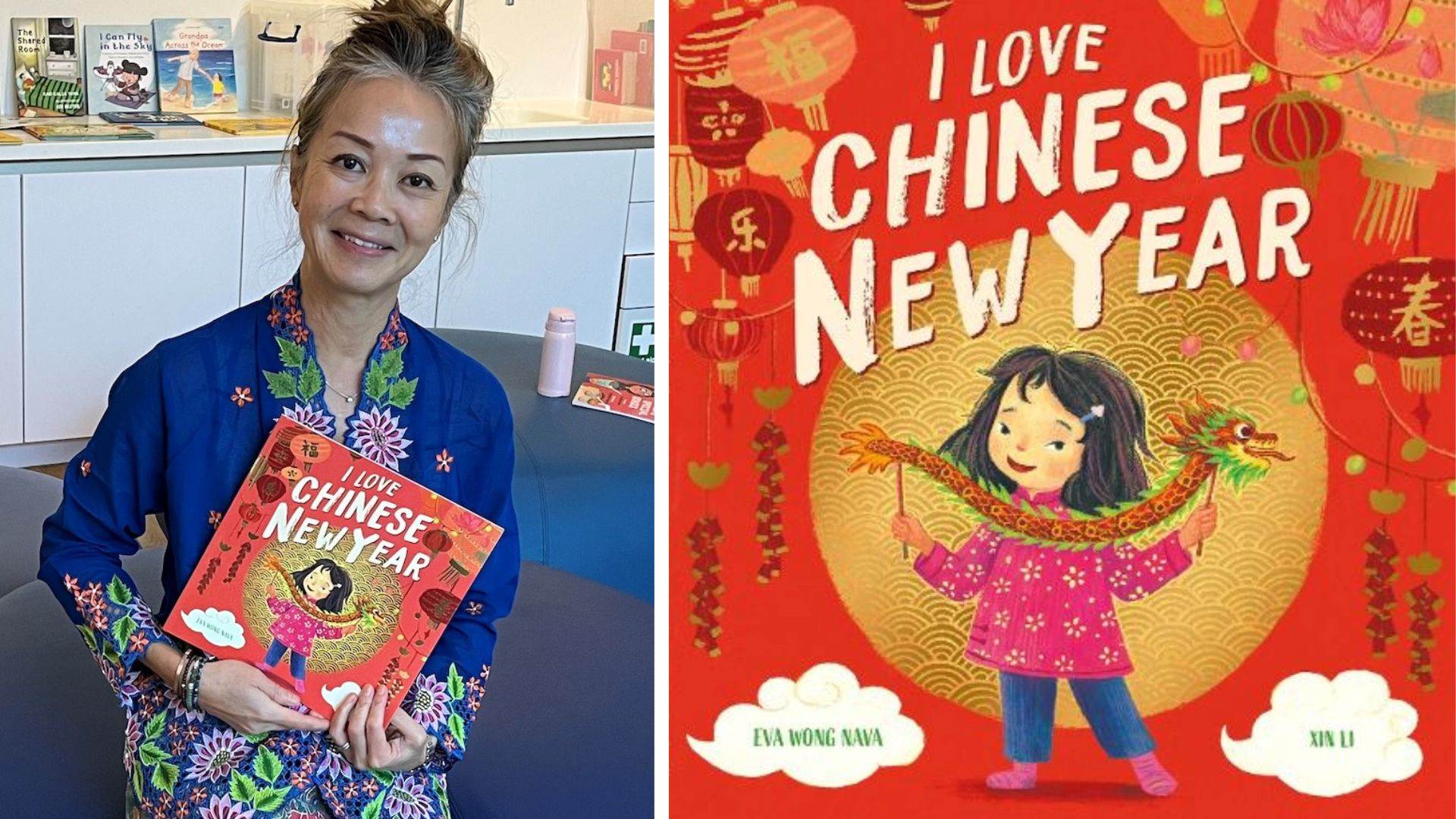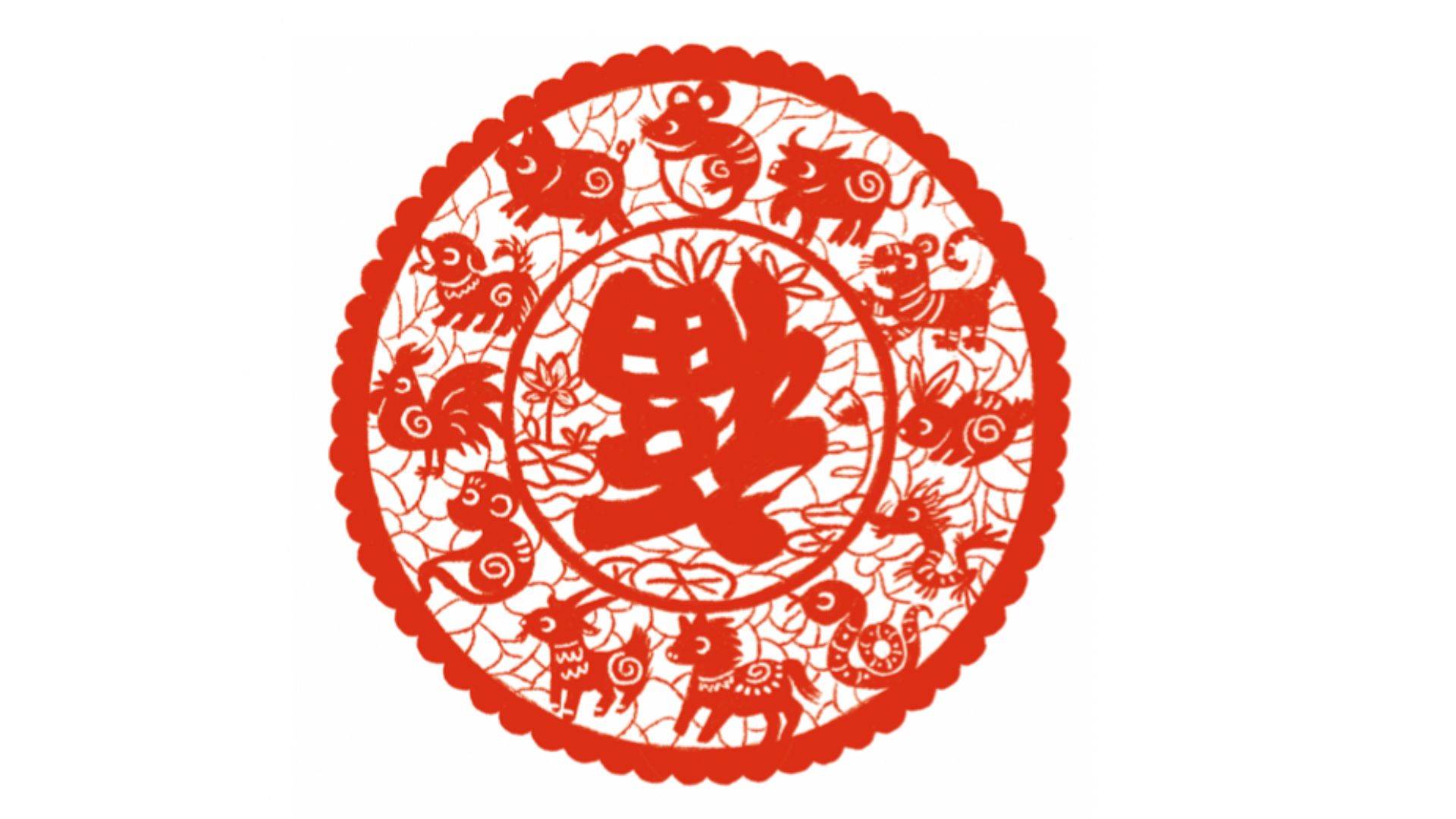You might also like...
A beautiful story of Chinese New Year and its symbolism: in pictures
Peer inside the pages of Dragon Dancer: a magical story about the Chinese New Year and the reasons why people celebrate this joyous festival with such spectacular light and sound.
9 brilliant stories for children celebrating Chinese culture
Snowflake Books founder Su Yen recommends nine stories to help you celebrate Chinese New Year in style.
9 brilliant books to help you celebrate Chinese New Year
Eyes That Kiss in the Corners author Joanna Ho recommends brilliant books featuring Chinese characters and traditions to help you celebrate the New Year.


 Can you name the twelve animals in the Chinese zodiac? Credit: Xin Li
Can you name the twelve animals in the Chinese zodiac? Credit: Xin Li






